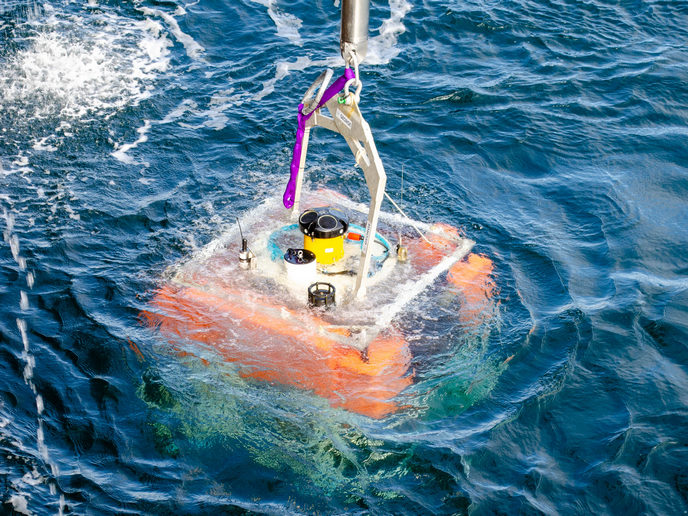Finding new minerals in Europe using environment-friendly, low-cost technologies
European industry consumes about 20 % of the world’s mineral products, but produces only 3 % of them. A new ore deposit must be discovered about every 2 years and then developed to meet the need for metals and mineral products. “Current exploration tools are not entirely adequate to find deposits buried deep beneath the surface, so new methods are required,” explains Prof. Nicholas Arndt from Université Grenoble Alpes’ Institute of Earth Sciences in France, member of the coordination team of the EU-funded PACIFIC(opens in new window) project. “Mineral exploration is hampered in many regions by negative opinion of the mining sector, and better ways to communicate the need for, and benefits of, mining must be found.”
Novel ways to search for buried ore deposits
To more efficiently find new mineral sources, the PACIFIC team developed two radically new and complementary techniques. The passive seismic technique deploys up to thousands of nodes (receivers) on the land surface to record body and surface seismic waves. They produce images of the layer below the surface based on the processing of ambient seismic noise, such as ocean waves, traffic and small earthquakes. The procedure was tested at the deposit site in Marathon, Canada. This technique is suitable for finding mineral deposits in previously unexplored areas. The multi-array passive seismic technique uses two types of arrays – one at the surface and another deployed vertically in drill holes – to obtain a better resolution at depth. It was successfully demonstrated at an iron deposit in Kallak, Sweden. This technique is more appropriate in exploration sites where drilling occurs or has already been done, or to look for deposits near an operating mine. Both methods meet existing and projected demand for mineral products. They are more economical and have a lower environmental footprint than techniques currently on the market. Several mineral exploration companies have expressed interest in a commercial package that PACIFIC partners are developing based on the innovations.
Improving public awareness
Project partners performed several studies to understand the psychological mechanisms used to assess information and perceive risks related to mining activities. They also conducted an online survey to measure 1 000 people’s attitudes towards mineral exploration and mining in Ireland. The respondents were asked how they perceived mining, related activities and their impact. Findings showed that the majority do not have sufficient information to be able to make informed decisions about a mining project. All this research fed into guidelines(opens in new window) describing how best to communicate with all stakeholders on matters related to the mineral industry. “Mineral exploration companies will benefit from applying the exploration tools and from the guidance on effectively communicating with politicians, decision-makers and the general public,” concludes Prof. Arndt. In addition to contributing to the discovery of ore deposits, these novel methods will boost the European mineral exploration industry’s competitiveness and reduce its dependence on imported mineral products.







